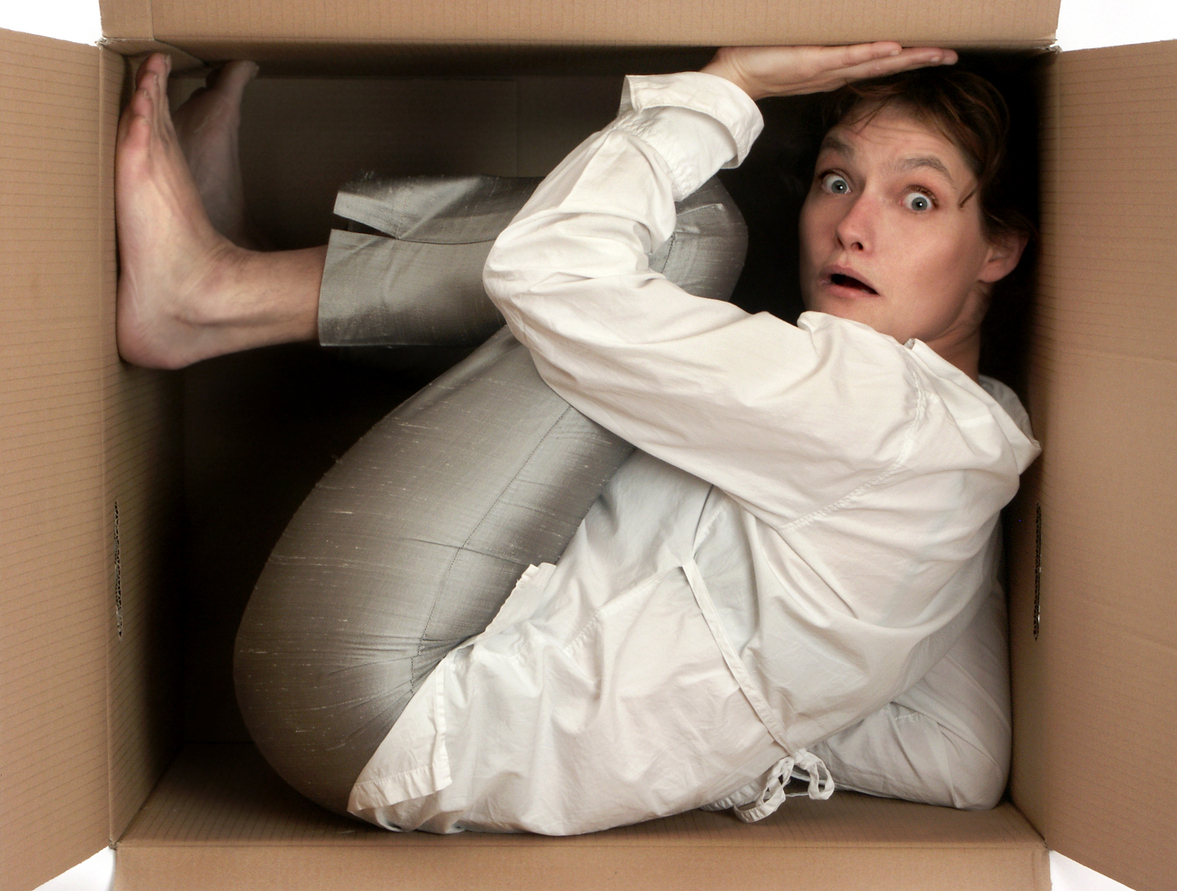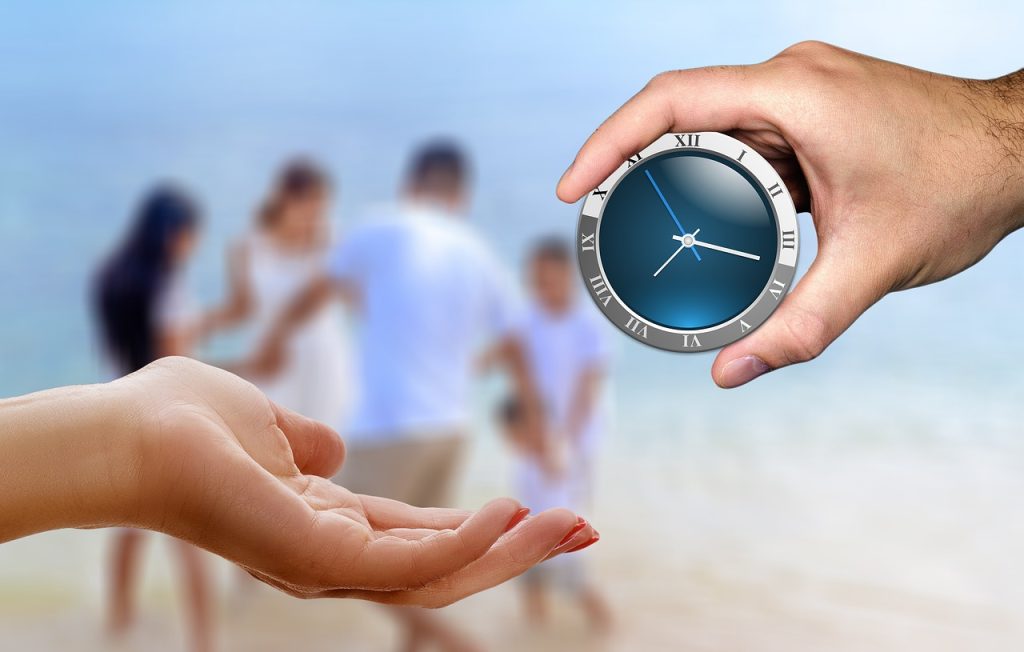Why Your Customers Hate Waiting In Line & How To Fix It

6 Feb 2023
The saying goes ‘good things come to those who wait’. But it’s a widely accepted truth that no one likes waiting. There are few things people hate more than waiting in line. In fact, we can think of 10 reasons your customers hate waiting in line.
Our hatred for queues and overcrowded waiting rooms lies deep within human psychology. Although waiting is an inevitable part of life, we’ll do anything and everything to avoid having to queue up physically for something—we’ll even go without the service or product we really need just so we don’t have to join a long line.
Businesses have a choice.
- They can accept that waiting in line is a part of life and expect their customers to join physical lines for their goods and services. Although it’s important to note that while customers might put up with the wait time for a while, as soon as they find a better experience elsewhere they may never shop with that business again.
- Or, a business can invest in systems and strategies that improve the customer experience and minimize physical wait times with a far more efficient and personalized experience. In this case, customers and staff will enjoy a host of benefits and businesses will gain a competitive advantage while providing a higher standard of service.
Those choices may seem like an oversimplification, but all it takes is an understanding of why people hate to wait and ways you can improve your customer experience.
Queues and crowded waiting rooms can be a thing of the past with a virtual queue management software like Skiplino.
Keep reading to find out the reasons why people hate waiting in line. From this, you’ll discover how your business can benefit from minimized wait times, and how you can better cater to your customers’ needs.
1. Feeling Stuck

Progression is fundamental to perceived quality of life—both in long-term and short-term situations. To feel happy and satisfied, people need to feel as though they are moving forward towards something. This applies to complicated lifestyle scenarios such as unemployment, but also to specific everyday situations such as when people are waiting in line.
The feeling of being stagnant or ‘stuck’ in one place is unbearable, and waiting in a long line up with no knowledge of how much longer you need to stay in the queue is enough for people to avoid the experience of waiting in line altogether.
By learning about the psychology behind waiting in line, many businesses make improvements to their queueing experience. This involves finding ways to communicate to customers that they are making progress in the queue so that they are more comfortable knowing that they’re moving forward and not stuck in one place.
Here are a few examples:
- Floor indicators in elevators to show progress between floors
- Queue position updates when on-hold for telephone services
- Moving from a general waiting room to a pre-appointment check-up at a hospital or clinic
- Queue management software sending queue updates via text or mobile app
- Digital signage showcasing ticket progress
By understanding our need for progress when waiting in line, businesses can better adapt their queueing process to help customers remain patient and positive.
2. Not Knowing The Future
The psychology of waiting tells us that when people know how long they’ll be waiting for, the experience of having to wait in line is much more bearable. This makes sense when we think about how much people hate the feeling of uncertainty, and prefer to know exactly what is about to happen—even if it’s going to be unpleasant!
This has been carefully analyzed in experiments where people had to lift several rocks, but some of the rocks concealed snakes. People experienced far less stress when they knew that a snake would be underneath a rock, compared to knowing that a snake might be underneath a rock.
Disney World is a great example of a company being notorious for long queues for popular rides, but showing initiative the best way they can by implementing queue management systems to make the experience less stressful and more entertaining for visitors. A case study shows how Disney aimed to reduce wait times in order to increase both revenue and customer satisfaction.
As well as parading costumed characters through the queues to entertain children, Disney World uses digital signage to:
- Notify visitors of the expected wait times for each ride
- Celebrate when rides are ‘ahead of schedule’
This keeps parents informed of how long they should expect to wait, making it much easier to plan their experience and keep children distracted while waiting in line.
3. Unfair Treatment

Have you ever patiently waited in line, only to watch another customer push in front of you and be served? It’s an infuriating feeling, right?
When people wait in line, it’s important to ensure they feel like the wait is fair and everyone is being treated equally. If people waiting in line feel they’ve been wronged by a disorganized or non-existent queue system, businesses risk triggering frustration and even aggression from their customers.
Enforced fairness is a widely accepted way of doing business, where the first-come-first-served approach to customer service is the most reasonable and effective way to deal with customer line ups.
Although most businesses operate with this system, situations often occur where new customers physically ‘push-in’ and are served. Without queue management software, employees can make mistakes or discriminate (often without even realizing it), which leads to confusion and even uproar from others at the store.
Here are a few common scenarios:
| No. | Business | Scenario |
|---|---|---|
| 1 | Restaurant | There are no tables available so diners wait at the bar. When a table becomes available, it is mistakenly given to people who have only just arrived and demanded to be seated. |
| 2 | Retail | A small boutique only has one changing room, so shoppers wait around the store for their turn. When the changing room is finally free, an opportunist shopper quickly takes it despite not waiting for as long as the others. |
| 3 | Hospital | One patient waits for his name to be called to the doctor’s office. He takes a washroom break only to discover that he missed his turn, and the next person on the list went in instead of him. |
In the above scenarios, implementing a virtual queue software could effectively eliminate unfair treatment or incorrect enforcement of the first-come-first-served rule.
Ensuring Fairness in the Queue
Virtual queue management systems, such as Skiplino, ensure fairness and efficiency by assigning customers with a queue number. Customers can then continue shopping or leave the premises without losing their spot in the queue because they are notified via smartphone and the on-site system remembers their details. No spot stealing here!
It’s worth mentioning that computers aren’t discriminatory, can’t be bribed, and maintain accuracy. Many businesses that implement virtual queue software minimize these situations during the waiting experience.
4. Losing Their Time
When the collective time spent waiting in line is quantified, the amount of precious time we lose to queues is staggering. Studies have shown that the average person waits in line for 5 years of their lives.
One of the most frustrating parts of waiting in line is knowing that you have less free time in your day as a result. Businesses who allocate inefficient resources as a result of poor queue management risk losing potential customers because they simply can’t dedicate enough time in their day to wait for your services.
Without queue management systems in place to minimize wait times, business owners lose the 3 main types of customers:
- Parents with babies or very young children who can’t wait in line comfortably for long periods
- People working long hours who can’t lose their lunch break to queue for your services
- Students who only have a short break between classes and can’t risk missing a lecture
In terms of demographics, that’s a large chunk of the population who are unable to be customers with your business because they are simply too busy, and what little spare time they have is too precious to be lining up for long periods of time.
By implementing a queue management system, businesses make their services far more accessible by allowing customers to book an appointment with your staff at a time that is most convenient to them.
Not only does this create more opportunities for your business to acquire new paying customers, but you also demonstrate that you care about your customer’s time—which is a great way to earn customer loyalty.
5. Feeling Ripped Off

If you pay for a service after having a poor experience, you’ll undoubtedly feel like you’ve wasted your money. Customers feel frustrated when they sense that their money is better spent somewhere else—where they don’t have to line up and may even receive a better standard of service.
When over half of customers will stop buying from a company after having a negative experience, businesses who fail to address the organization of queues on their premises are sending their customers straight to competitors.
If there are long queues at your business premises, customers will immediately look for competitors who offer a more convenient waiting experience.
By implementing a virtual queue management system to minimize wait times for customers, businesses boost customer loyalty in 3 ways:
- When experiencing queue updates and shortened wait times, customers feel that their presence is valued by the company
- Because organized queues give staff more time to prepare, customers experience a more personalized and attentive customer service
- When your premises are clearer and more relaxed after implementing effective queue management, customers are more likely to return next time
6. Feeling Frustrated
People hate waiting in line because loud, uncomfortable, and overcrowded situations cause a lot of distress, and can even lead to dangerous outcomes. Especially during the current pandemic when it’s advised that people keep a distance between each other and don’t go in crowded areas. Footage of angry customers at past big sales or scarce public services demonstrates just how much wait times can cause frustration and even aggression, compromising the safety of both customers and staff.
Queue psychology expert Dr. Richard Larson calls this phenomenon of aggression ‘queue rage’, and has studied many scenarios where the perception of unjust waiting or unfair treatment in a line up has led to violence.
By failing to organize and manage wait times at various locations, businesses not only run the risk of losing sales but also for shoppers to be disrespectful to staff and other customers. In extreme cases, this creates a hostile environment that is unattractive to future customers and highly stressful for hardworking staff.
Eliminate Frustrations
Implementing queue management strategies at your business greatly reduces ‘queue rage’ while promoting a peaceful and comfortable environment:
| Improvement | How? |
|---|---|
| Miscommunications between customers and staff are reduced | Virtual queue management software allows customers to sign necessary forms and provide details electronically before their appointment, allowing staff to prepare for and personalize each interaction |
| Staff are better equipped with time and resources to help customers | By using queue management systems to monitor customer behavior, traffic, and quality of service at each branch, managers can make more informed decisions to improve customer experiences and allocate sufficient resources (such as staff, furniture, devices, and forms) at each premises |
| Customers are calmer and less impatient with staff and others waiting in line | Because queue management software automatically updates customers about their expected wait time, they are reassured that someone will see them within a reasonable amount of time. They are also less concerned about other customers ‘jumping ahead’ |
| Business waiting areas are less-congested and calmer | A virtual queue management app eliminates on-site queues that cause overcrowding, so businesses are less busy and frantic |
7. Having To Do Boring Tasks

Queues are boring. For many people, especially young adults or people with small children. Going to the bank, a government agency, or a healthcare provider is mundane enough—having to wait in line adds another layer of monotony to the experience.
People hate boredom and will do anything to avoid dull tasks. Just think about the struggle of getting household chores done without procrastinating!
While line ups are boring for many reasons, it boils down to customers having to spend a great deal of time without stimulus or interactions. If you don’t bother to improve the experience for people waiting in line at your premises, your business loses customer loyalty and a lot of potential revenue.
But businesses that minimize wait times or make the queuing experience more enjoyable are rewarded for their efforts with more paying customers and a better work environment for staff.
Eliminate Boredom
Here are some ways to make your customers’ waiting experience more enjoyable:
- Use helpful signage to direct customers to where they need to go
- Position customer service staff at the store entrance to greet customers and answer questions
- Provide a safe and colorful play area for young children
- Decorate your premises with on-brand colors and interesting murals – you could even tell a story about your company on a feature wall
- Provide a diverse range of the latest magazines
- Install charging outlets for smartphones and plug sockets for laptops
Too many businesses make the mistake of assuming customers will wait for as long as it takes for them to be seen—they have no other choice, right?
Wrong. Customers will complain or go somewhere else if they are made to wait for an unfair length of time.
Businesses who show hospitality and care for their customers by creating an engaging waiting area are rewarded for their efforts with customer loyalty and a more positive environment.
8. Feeling Anxious
Many people waiting in line become nervous, especially if they are waiting for serious information such as test results at a healthcare service.
During the pandemic, COVID-19, businesses may have to abide by social distancing laws to protect customers and staff from infection. However, the means of enforcing these social distancing restrictions can cause customers to feel even more uncomfortable in a scenario that already induces anxiety.
Through the use of virtual queue management software, government agencies and healthcare practices can effectively minimize anxiety for customers and patients in three key ways:
- People can schedule their appointment using the app, and be notified of their booking via push notification. This means they can stay in the comfort of their home or car before their appointment, rather than sitting in a waiting room where they might feel anxious.
- Customer service representatives and healthcare professionals can serve customers via video call. This means that customers can get the service they need without putting themselves in an intimidating situation or risking the spread of infection.
- People can use the app for contactless payments.
Businesses should consider the impact of waiting in line on people who are feeling anxious. Waiting for health services alone can be nerve-racking, but the impact of a global pandemic makes queueing even more intimidating.
With the help of virtual queue management systems, businesses can help their customers feel more secure.
9. Missing Out On Enjoyable Activities
Have you ever heard of the term ‘FOMO’ or ‘fear of missing out’?
It’s a term that has become more common in the digital age, where people are more connected to their friends than ever before. People become envious, anxious, and overly-motivated when seeing other people who appear to be having more fun doing something else.
The feeling of ‘FOMO’ intensifies when the person experiencing it is doing something isolated or mundane activities, like working, studying, or waiting in line.
When people know they could be doing something more fun, they’re far less patient when waiting in line and will likely put-off the experience entirely.
If your business aims to minimize wait times and attract more customers, it’s important to understand this behavior that has become more common with smartphones and social media.
If you’re looking to capture the generation that is always looking for the next fun thing to do, aside from making the waiting experience ‘fun’, the best thing to do is use virtual queue management software to minimize wait times as much as possible.
10. Feeling Uncomfortable

Waiting in line for services or when shopping causes discomfort in numerous ways for customers. Aside from the awkwardness of standing in a room full of strangers with little to no social interaction, the experience of waiting is often physically uncomfortable.
Just the thought of waiting for more than 10 minutes in a stiff chair, or standing in one spot with heavy luggage, is enough to frustrate the average, healthy person. Now imagine you identify with one of the following things:
- Having an injury
- Waiting with small children
- Living with a disability
- Being a senior
Too many businesses fail to cater to high-needs customers. People will remember that your business was unresponsive or inhospitable, and go with a competitor instead.
Here are some tips for creating a comfortable waiting environment:
- Invest in comfortable seating
- Provide water, coffee/tea, and vending machines
- Ensure heating and air conditioning is sufficient
- Have staff complete quality checks to ensure customers are comfortable
- Play upbeat music
- Decorate the waiting area with flowers, pot plants, art, etc
Prioritizing customers’ needs and ensuring their comfort is crucial for enhancing the waiting experience at your business premises. To thrive and expand, it’s essential to offer accessible and comfortable services that cater to a diverse community, allowing them to wait in line alongside other customers with ease.
Conclusion
With push notifications, automated systems, Wi-Fi, and fast food, there’s not much we have to wait for these days. But it doesn’t matter if people are less patient than they used to be, businesses must offer fast and personalized services to win customer loyalty and beat the competition.
By understanding the psychology behind waiting, and analyzing how wait times influence the behavior of their customers, businesses can make informed changes and decisions that lead to success.
With the help of virtual queue management systems, businesses can dramatically improve the value of their services, better accommodate their customers’ needs, increase efficiency, and staff satisfaction. Really, the list of benefits goes on and on!
Have questions? Reach out to our team to see if a queue management system is right for your company.
Latest



Similar Reads


All Rights Reserved @2025 Skiplino Technologies WLL.




